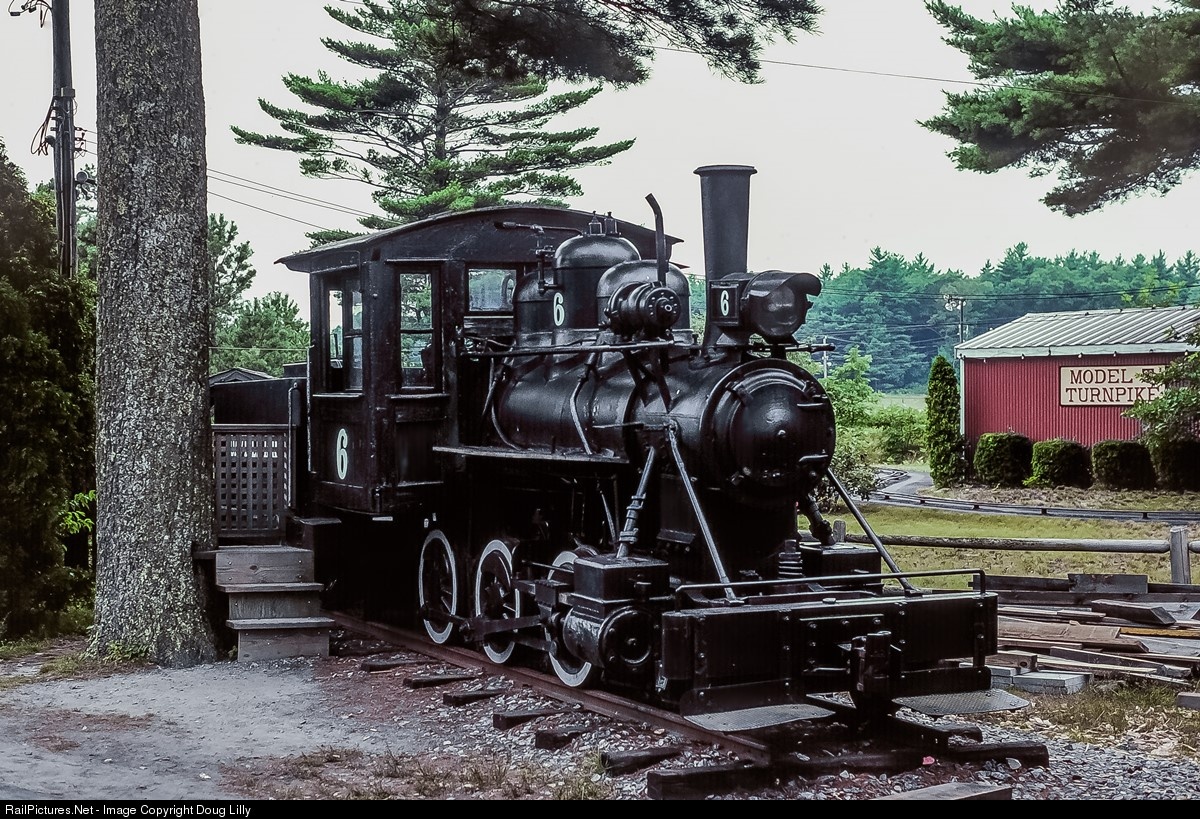
Others place torches of oil on the coals. Some use space heaters to keep their engines warm overnight. In practice, most engineers use a combination of various fuels to speed up the process. Though, you would be putting a lot of stress on the metal. Otherwise, you can speed things up by pre-heating the firebox. You can take a slow and steady approach, which will take a lot of time but keeps everything under control. The overall condition of the pipes, bolts, etc.īeyond the above firebox properties, the start-up time often depends on how quickly it can heat the firebox.You have to know the characteristics of the locomotive before you can gauge how much lead time you would need. As such, there is no set start-up time for a steam engine. Luckily, you can get most locomotives going much faster than 8 hours depending on the ambient temperature and other factors. Factors That Determine Steam Locomotive Start Times Unfortunately, starting a steam locomotive is a time-intensive process that can take up to 8 hours to complete.
Steam locomotive how to#
As such, knowing how to start a steam locomotive still has value.īecause these engines only run during tourist season, their operators must fire them up from their dead cold storage at least once or more every year. No longer used for cross-country travel, these relics of the past hold strong pulling tourists to historic destinations where other modes of transport would be out of place or impossible. While the world moved on from the age of steam, you may still see steam engines ride the rails around the world. Those old workhorses determined the outcome of wars while creating new industries, many of which we still have today. Overnight, goods and people could travel across continents in days and weeks instead of months. The invention of the steam locomotive brought the world closer than anything else before it. Roger Puta The Time It Takes to Fire Up a Steam Locomotive

By reading further, you will learn the right way to start a steam locomotive so you can avoid any potential disasters. They are finicky at best, and will not start, cease up, or blow up if you do not handle them with care. However, all of this means nothing if you do not properly start these locomotives. It all depends on the type of boiler and level of maintenance. Depending on the style of the locomotive, most engineers can even fire up these machines in less than 3 hours. While nowhere as fast as modern diesel or electric engines, the average steam locomotive can start and get going in under 8 hours.

How Do Multiple Locomotives Work Together?


 0 kommentar(er)
0 kommentar(er)
